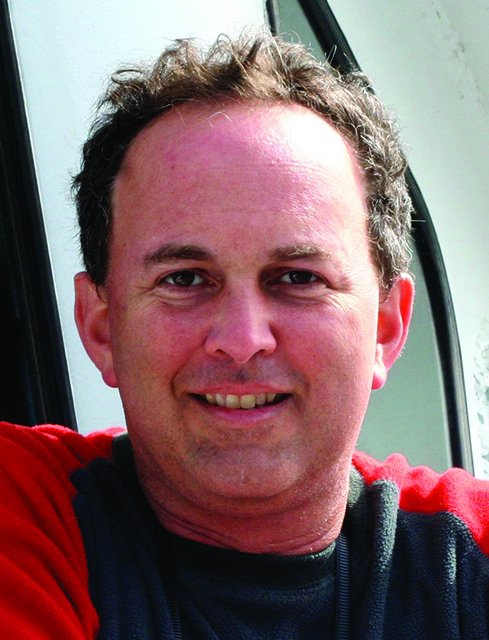History Channel
Way back in the 20th century, there was a network called the History Channel that launched a public-interest initiative called Save Our History. It produced quarterly on-air specials and educational material on a given subject, such as a program being run by the National Archives or the Library of Congress.
It was done well and even won a special Emmy Award, but, as time went on, it no longer seemed to be enough. "We're grown up now, so it was time to grow this into something significant," says Libby H. O'Connell, vice president of educational initiatives for A&E Television Networks, who created the program.
So the History Channel was looking for a new platform and a highly visible partner, and it turned out that a woman by the name of Laura Bush was looking for an educational component for her Preserve America campaign. She found it with History, and with the First Lady's encouragement (and public-service announcements) a new, large-scale Save Our History initiative was born.
"This is a project that ties directly into who we are," O'Connell says. "The big difference now is the level of organization and outreach in terms of national and grassroots campaigns."
Bringing in a corporate sponsor, Bank of America, enabled the program to grow even bigger. (The Bank backed a $10,000 prize for a top local preservation project.)
The Save Our History project launched in 10 markets this year, aiming to galvanize students and civic groups into becoming active in historic preservation. In addition to on-air promotions, O'Connell created how-to guides and reference materials for anyone from teachers to government officials to civic leaders in order to get them started and bring them all together. (The program is also done in a way that gets the local cable operator involved.)
One thing she emphasized is that history matters even if it's not of national importance; understanding and preserving a school or neighborhood's past is a truly worthy effort. One of her favorite lines: "History is in everyone's backyard."
Broadcasting & Cable Newsletter
The smarter way to stay on top of broadcasting and cable industry. Sign up below
In the spring, 55,000 children in those 10 cities took part in a wide array of projects: In Tampa, Fla., three schools produced histories of their schools in book and even musical form; in Los Angeles, students learned the history of Chinatown and Los Angeles' Chinese immigrants and helped restore the Chinese American Museum's historic building; in Atlanta, students learned the history of Piedmont Park, drew illustrations and wrote about the park for a Save Our History quilt; and in St. Louis, students helped build an old-fashioned schoolroom that could double as a play space.
"I never thought I'd see the day I'd see all these kids finally doing the activities I'd developed," O'Connell says. But O'Connell is not one for resting on laurels. She is planning 10 new markets for next year, in addition to finding ways to maintain the relationship with this year's cities.
Stuart Miller has been writing about television for 30 years since he first joined Variety as a staff writer. He has written about television for The New York Times, The Washington Post, the Los Angeles Times, The Guardian, The Boston Globe, Newsweek, Vulture and numerous other publications.

